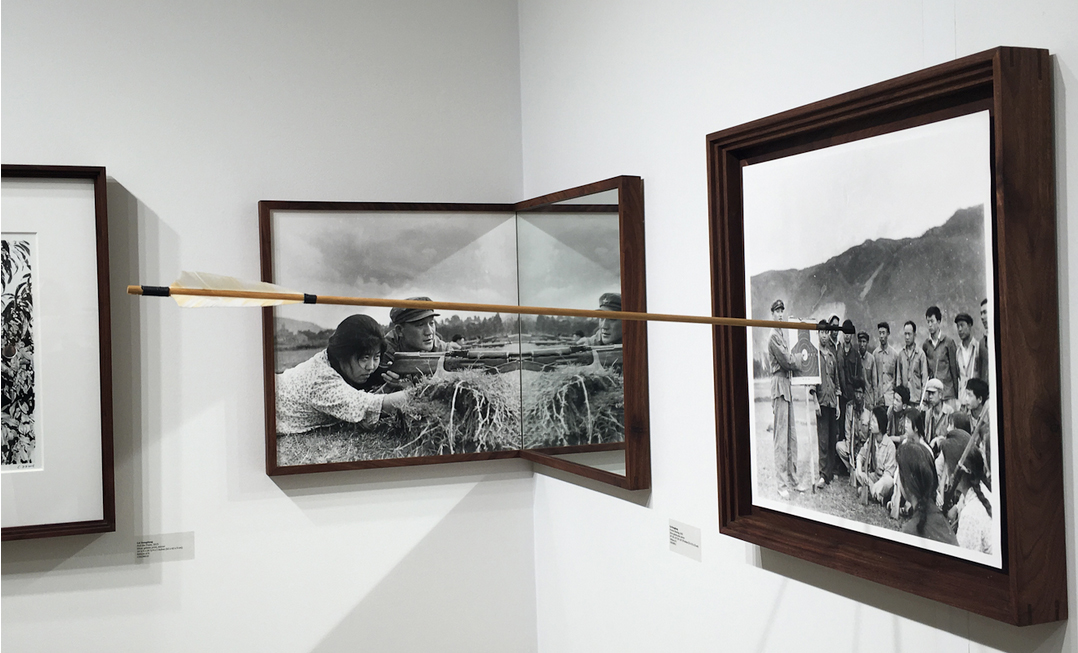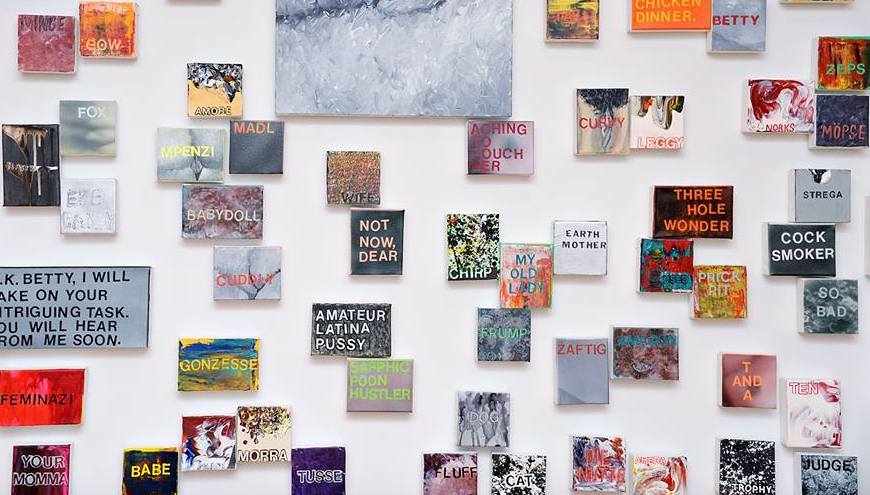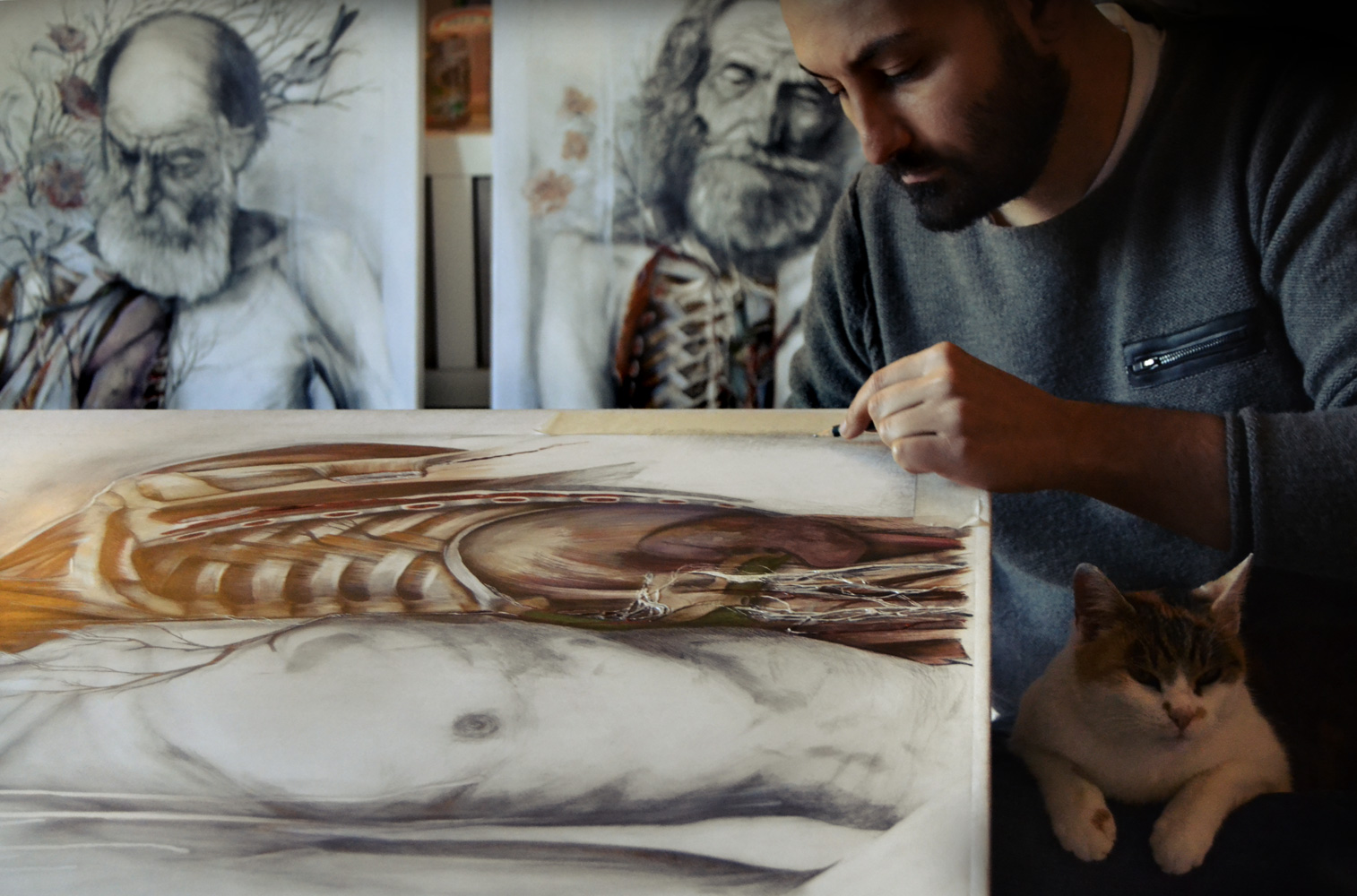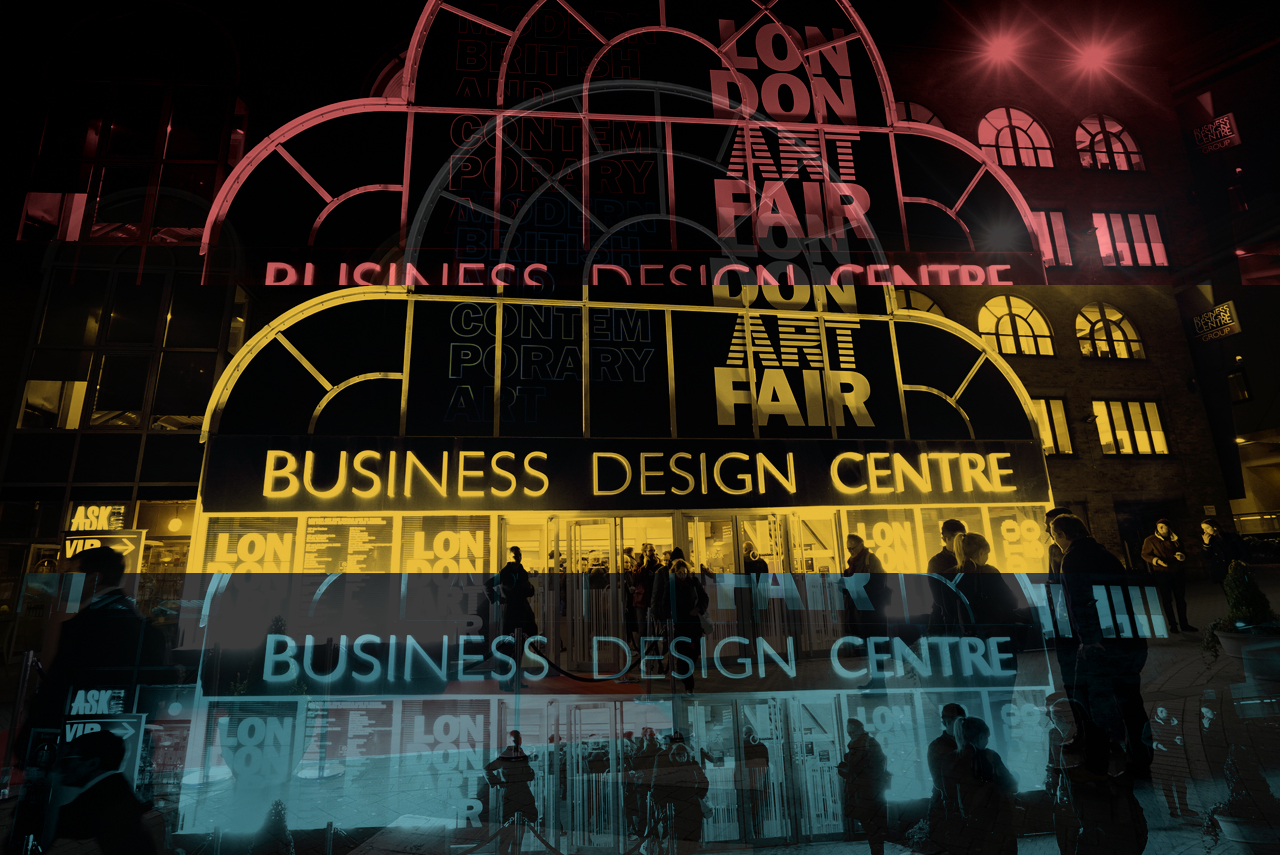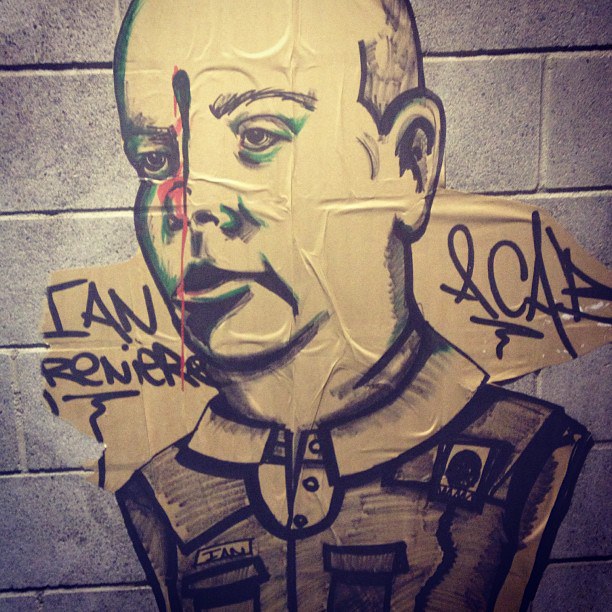
A post on Instagram has landed Jennifer Pawluck of Quebec 18 months probation, 100 hours of community service and banishment from Facebook, Instagram and Twitter for an entire year. Pawluck shared a paste-up depicting omnipresent Montreal Police Spokesman Ian Lafrenière with a bullet wound in the head, affixing the hashtags ‘#acab,(all cops are bastards)’ ‘#Ianlafreniere” and “#onecoponebullet.”
“Many of my friends do not like the police, I thought it would be funny to put the picture on Instagram. I do not even know who he is.”
Said Pawluck in an interview with the Huffington Post Quebec. Jennifer faced paying up to $5,000 in fines and a maximum of six months jail time.
How is it that a citizen can be arrested for snapping a photograph of street art? And what does this mean for the right to free speech for social media users living in Canada? In this case, what was incriminating was not the graffiti itself or even the act of photographing and sharing it on instagram, but the hashtags that Pawluck used in her post. By using the officer’s full name and phrases that could be considered threatening to his personal safety, Canadian courts found Jennifer’s Instagram activity to be considered personal harassment. “On the photo there were links, or hashtags, with Ian Lafrenière’s name written in different ways and allusions…to the point where, given the context, there was criminal harassment,” prosecutor Josie Laplante said after the conviction in the national post. But is this response hyperbolic?

We often consider our actions in the digital world to exist without consequences in the exterior world. Chances are that Pawluk’s choice of hashtags was influenced more by her desire to make a political statement then out of any true malice forLafrenière. Often we perceive public figures such as Lafrenière to be outside the sphere of our personal influence, however social media platforms are flattening that plane, making an action that would once have been considered a more general public statement, into something that could be perceived as a targeted and personal attack. In Jennifer Pawluck’s case, the lines between art, political action, and hateful speech are thin and exist in the eye of the beholder.
The questions that are being raised about free speech, the future of social media policing and sentencing, and how we think about the content that we share on the internet are being shaped by this verdict. Entire revolutions have taken place through twitter such as the Arab Spring, it is undeniable that social media has the power to unify people and bring about threaten predominant power structures, making it a palpable and difficult to monitor threat to governing bodies such as the Canadian police. Holding such a strong ruling on the seemingly small infringement of a single citizen sends a message that Canadian law enforcement is taking the online choices of citizens seriously.
h/t: CBC News


